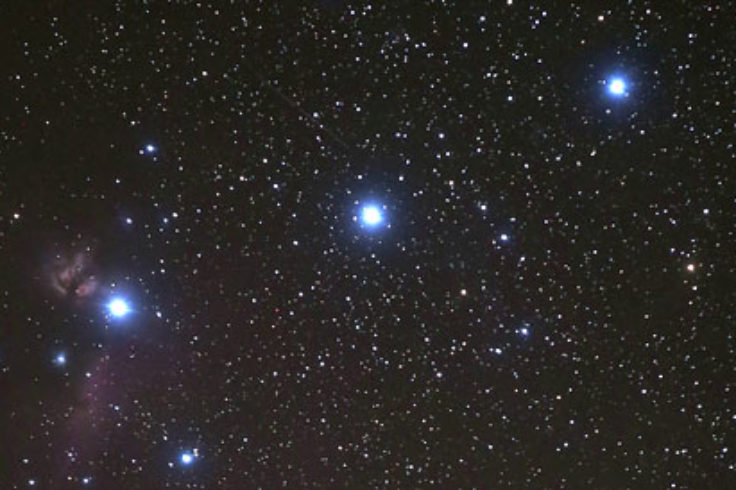

- Interactive skychart how to#
- Interactive skychart pdf#
- Interactive skychart full#
- Interactive skychart software#
- Interactive skychart code#
Interactive skychart full#
It was impossible to get the full view of some of the larger constellations like Andromeda and Ursa Major. If that can be fixed you'll need a way to rotate it since you can be looking at the zenith from multiple directions on the ground depending on which way your feet are pointing.ģ - Can you make the sky&tel logo disappear (maybe make than another option) as it covers up a good portion of the top left hand corner of the selected view.Ĥ - It would be great if we could zoom in/out of the selected view making the quadrilateral larger or smaller.
Interactive skychart how to#
😉ġ - It wasn't obvious how to move the green quadrilateral around, maybe a hint somewhere on the site would help first time users.Ģ- Hard to use the green triangle when trying to cover the sky near the zenith. Since its beta I'm hoping some of these ideas will help make it into a better version when released to "production". If you have questions or wish to report bugs, please email us at. Note: We are releasing this new-and-improved sky chart as a beta. This option is great for star parties and other astronomy outreach.įinally, we’ve updated the look and feel of the sky chart, matching it as closely as makes sense to the central sky chart available in every month’s issue of Sky & Telescope.
Interactive skychart pdf#
The PDF print option (icon in the upper right-hand corner) now works seamlessly, rendering a beautiful black-on-white sky chart for ease of printing. (Among other things, the option is useful for viewing star positions during a total solar eclipse!) My favorite is the daytime option: turn off the Sun and see what stars are up during the daytime. There are a couple of new options that weren’t there before, too. You can change the selected view by moving the green-outlined box on the full sky chart.Īlso as before, you have the option to customize your sky chart: show constellation lines and boundaries, label stars and planets, and more. The selected view is designed to mimic what you actually see when you head outside at night, so that you don’t have to rotate star patterns in your head. A selected view appears on the left that shows a section of sky (via stereographic projection, to minimize distortion) along the horizon. And when you call up the Interactive Sky Chart on your mobile device, it’ll work there too.Īs before, the Interactive Sky Chart shows two customizable views of the naked-eye night sky for any date, time, and location: A full-sky view shows the Moon, as well as all the bright stars and planets visible to the naked eye for a given time and location. What that means for you, the user, is that there won’t be any more hoops to jump through just to get the sky chart to work. The new version of the Interactive Sky Chart runs natively in the browser, no plugin required.
Interactive skychart software#
We made the move because Java was never supported on iPhones or iPads, and some browsers, such as Chrome and Firefox, have also stopped supporting the software plugin.
Interactive skychart code#
The biggest development is that we’ve moved the code base that runs the Interactive Sky Chart from a Java-based platform to an HTML5 platform. To read more about using star charts at the telescope, see " How to Use a Star Chart at a Telescope.At long last, I’m proud to announce the release of Sky & Telescope’s much-loved Interactive Sky Chart! We worked with Chris Peat ( ) to make a number of changes - the vast majority of them under the hood - so that you’ll have a reliable sky chart that you can take with you into the night. But charts come in a variety of shapes and sizes, particularly if you're using one at the telescope. We also offer planispheres, which are customizable star charts that you can take with you anywhere. Our centerfold and interactive sky charts are designed to show stars, planets, and other objects visible to the unaided eye. The map’s center is the zenith, directly overhead. The farther toward the map’s center a star is plotted, the higher it’ll be in your sky. The stars above it will match the stars you’re facing. Turn the map around so the label for the direction you’re facing is right-side up.

(Note that west is on the right - celestial maps are reversed from Earth-based ones!)


 0 kommentar(er)
0 kommentar(er)
